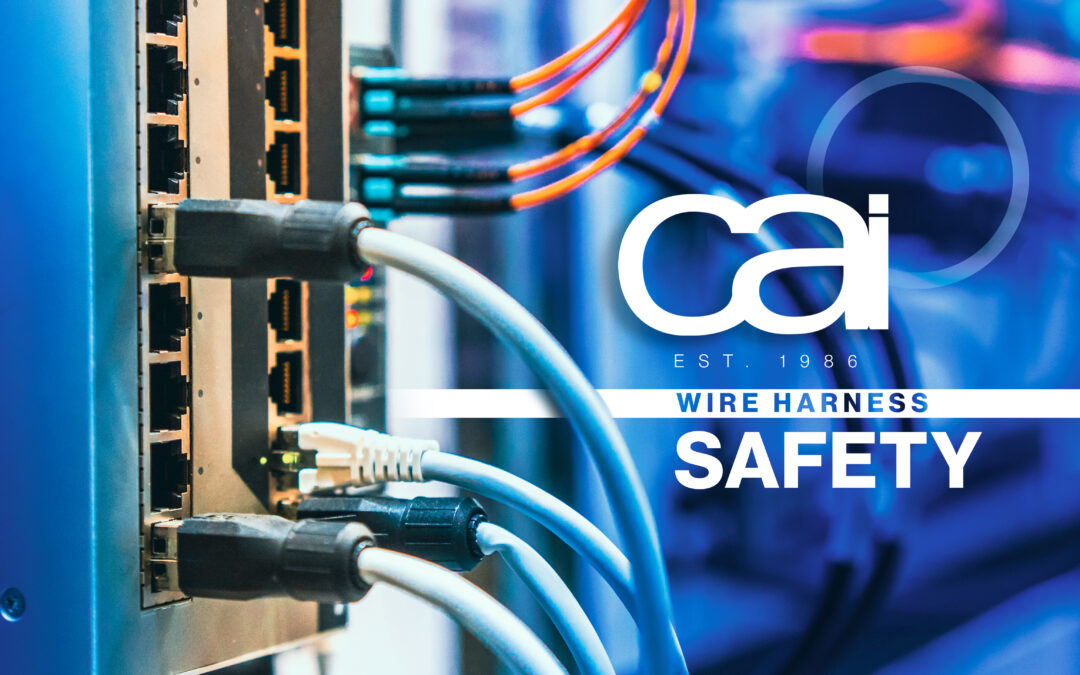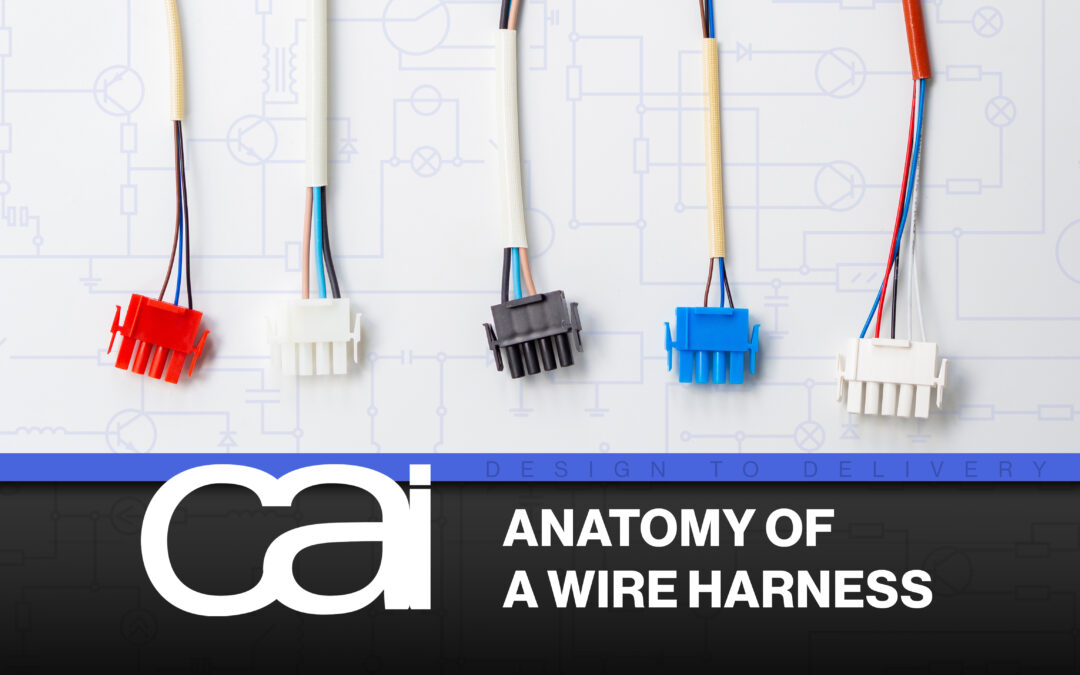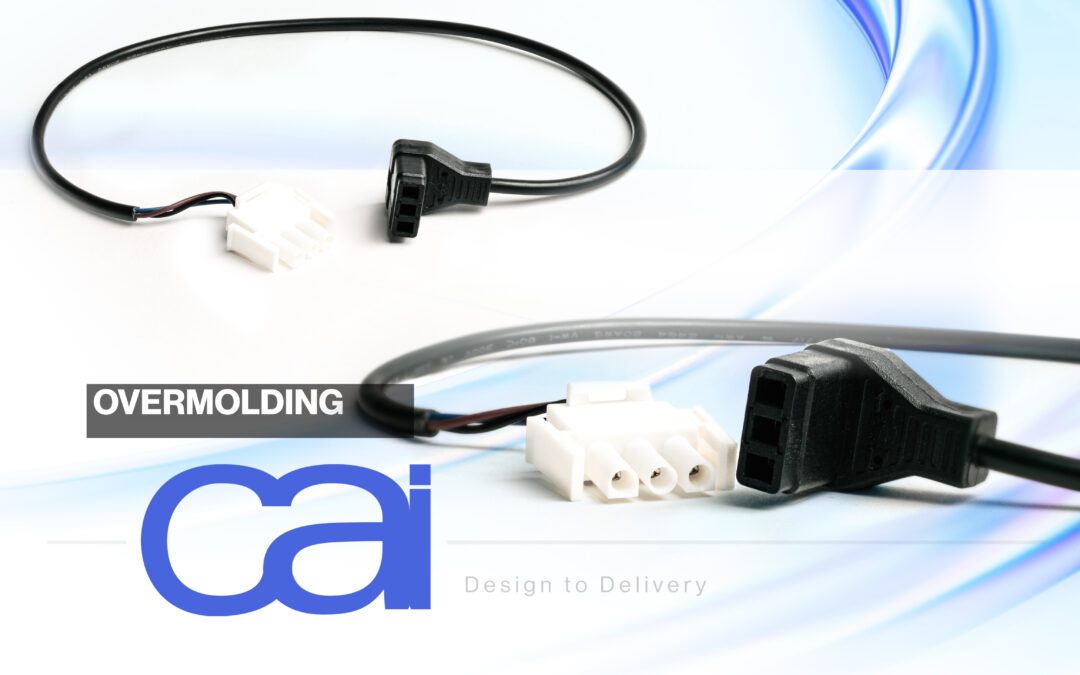Essential to the Medical Field, Cable Assemblies Supply the Critical Power & Data Used in Medical Devices
The medical field is a constantly evolving, rapidly advancing industry which relies heavily on electronic devices to create the conditions for optimal health care. While doctors, nurses, and other medical professionals play a vital role in improving the quality of our lives, so does the electrical equipment they use and, subsequently, the components that make them work.
Used to transmit power and data to and from electronic devices, cable assemblies consist of multiple cables banded together into a single unit with connectors on one or both ends. Cable assemblies are necessary for a wide variety of medical applications, including display screens, diagnosis equipment (e.g. X-Ray, EKG, MRI), surgical robotics, administrative computers, portable patient devices, and lab equipment.
Mainly consisting of fiber optics, modular local area network (LAN), or serial cables, these assemblies are made of the highest quality components and must meet medical device OEM performance standards, mostly because their reliance and accuracy can often be a matter of life or death.
With several different types and sub-categories, in order to decide which medical cable assembly is best for your application, it’s important to understand the different types of cable assemblies and work with expert medical cable manufacturers who understand the key attributes specific to the field.
Offering a personalized approach and expert craftsmanship to every project, CAI can take care of all your cable assembly or wire harness, no matter the volume, no matter the industry. Start a conversation today!
There are three major types of medical cable assemblies based upon each’s interface, or the point where a connection is made:
Equipment/Sub-Assembly Interfaces
Used in large imaging devices such as MRI machines and gamma cameras, interfaces between equipment and sub-assemblies are typically part of the original equipment installed by the OEM and only interact during assembly, repairs, or upgrades.
Communication Interfaces
Often used in surgery robots and other applications that require data interfacing, these cables are responsible for the accurate and quick transmission of medical data from one piece of equipment to another. Communication interfaces connect devices to devices as well as to the internet and servers.
Patient Interfaces
Encompassing cable assemblies that the patient or staff may interact with, patient-interface cables are highly durable yet still require replacement several times throughout the device’s life. From surgical equipment and laboratory instruments to heart monitors and pulse oximeter probes, cable assemblies must be designed to withstand human contact and perform reliably even with a short lifespan. It’s important to weigh the cost of replacement versus cost of continual cleaning when choosing patient-interface products.
Patient-interface medical cable assemblies consist of three sub-categories:
Long-Life Patient Interfaces
Highly flexible and wear-resistant, long-life patient interfaces are utilized for essential applications such as electrocardiogram (ECG) diagnostic tests and ultrasound imaging.
Limited-Use Interfaces
Only expected to function for a limited time before breakdown from mechanical wear, obsolescence, or exposure to harsh cleaning chemicals, limited-used interfaces include applications such as ICU/CCU monitor cables and ECG diagnostic leads.
Use-Only Interfaces
Designed to be discarded instead of cleaned after use, use-only interfaces often come sterilized and packaged in kits. They include catheters, electro-surgical devices, fetal monitoring devices, and neural simulator lead sets.
Key Attributes of a Medical Cable Assembly
EMI Protection
In medical settings, there are typically many different electrical devices in the same room, each emitting a certain amount of electromagnetic interference (EMI) or “noise” that can impede the performance of each other. Clearly, unaltered signals are essential in a clinical environment for a variety of reasons including safety and precision. Medical cable assemblies are designed with special attention to cable shielding which reduces the noise sent out while protecting them from surrounding noise.
Safe for Human Contact
For obvious reasons, healthcare facilities have to adhere to the strictest sanitary and human-friendly conditions all while having to deal with infectious materials.
Many U.S. states including New York, California, and Illinois have adopted rules similar to the European Union’s Restriction of Hazardous Substances (RoHS) directive which places restrictions on certain hazardous substances, such as heavy metals, phthalates, and flame retardants, in electrical equipment. Lead, mercury, and cadmium are among the harmful chemicals that are highly restricted and need to be avoided by manufacturers when creating medical cable assemblies.
Medical cables generally have to comply with international and regional safety and regulatory standards such as ISO 10993-1 for the biological evaluation of medical devices.
Because it can come into physical contact with a patient, cable jacketing for medical assemblies are typically made of abrasion-resistant, biocompatible materials which are non-toxic and do not elicit an immune response.
Reliability
Because the medical devices they serve are often critical to the treatment of disease, the support of life, and performing life-saving diagnoses, it’s essential that the connectors, conductors, shields, and other features of a medical assembly be designed to work together to deliver highly reliable performance. While cable shielding protects from interference, the other materials must be of the highest quality and expertly manufactured to avoid malfunction that results in inaccurate diagnoses or inadequate treatment.
Durability
Reliability and durability go hand in hand, while reliability is more pertinent to each moment equipment is used and durability more pertinent to a device being able to be used reliably and repeatedly for long periods of time. Day in and day out, medical suffer from not only continual use by healthcare workers but also constant abuse of wheelchair, gurney, and feet traffic
Many are designed to be highly flexible in order to avoid kinking. Despite normal wear and tear, medical cable assemblies must be designed to resist chemicals, moisture, and extreme temperatures including the heat of autoclave (steam) sterilization.
Medical professionals depend on the efficiency of individual device parts, including cable assemblies, to provide optimal treatment to their patients on a daily basis. This is why they choose to work with an experienced manufacturer like CAI who meets a variety of important industry standards, certifications, and licenses stipulated by the medical equipment manufacturer and industry.
With over 35 years of experience manufacturing cable assemblies and wire harnesses, CAI will work with you to bring your vision to life while meeting your unique and specific requirements for your industry. Contact CAI today!





